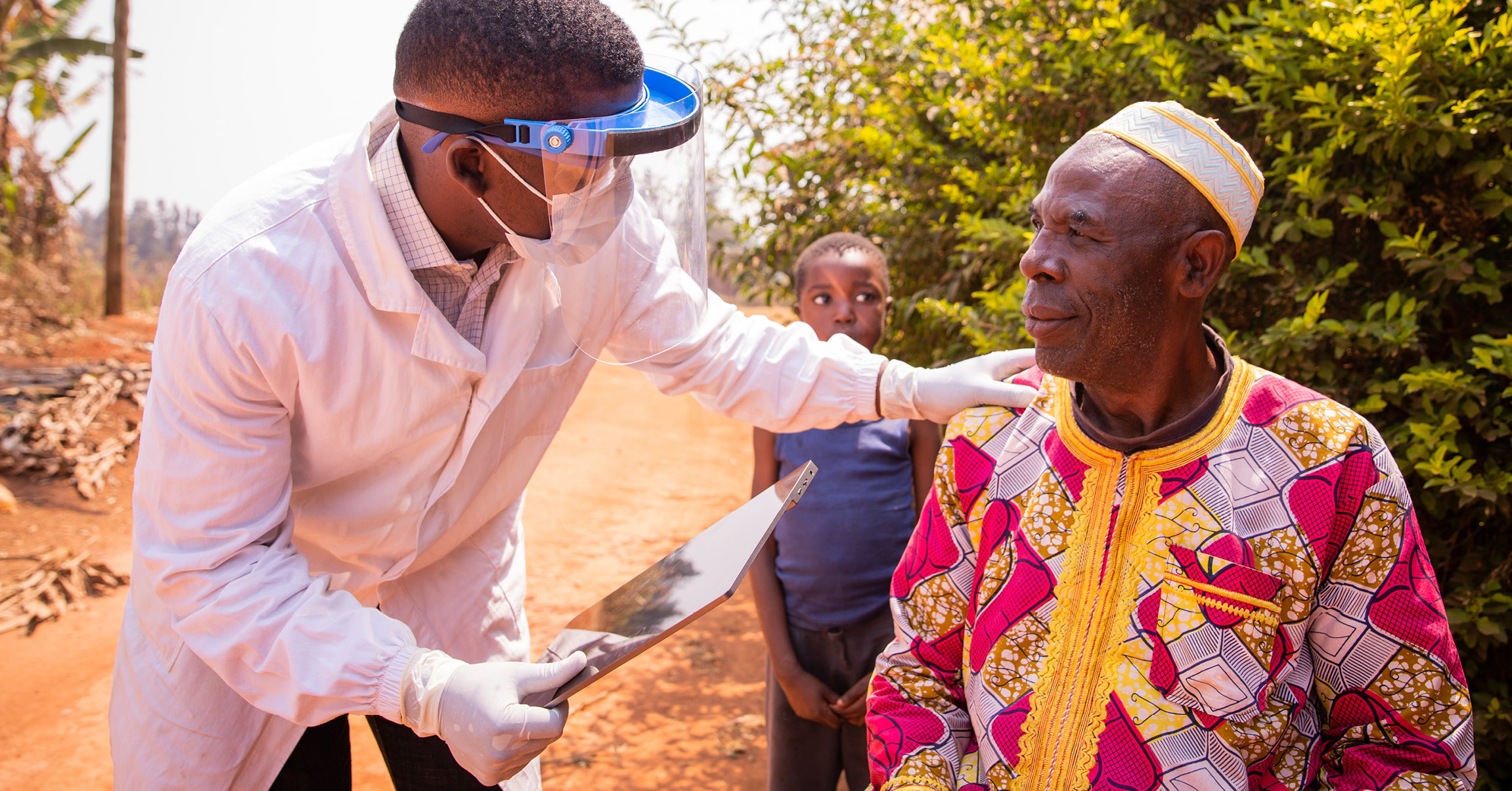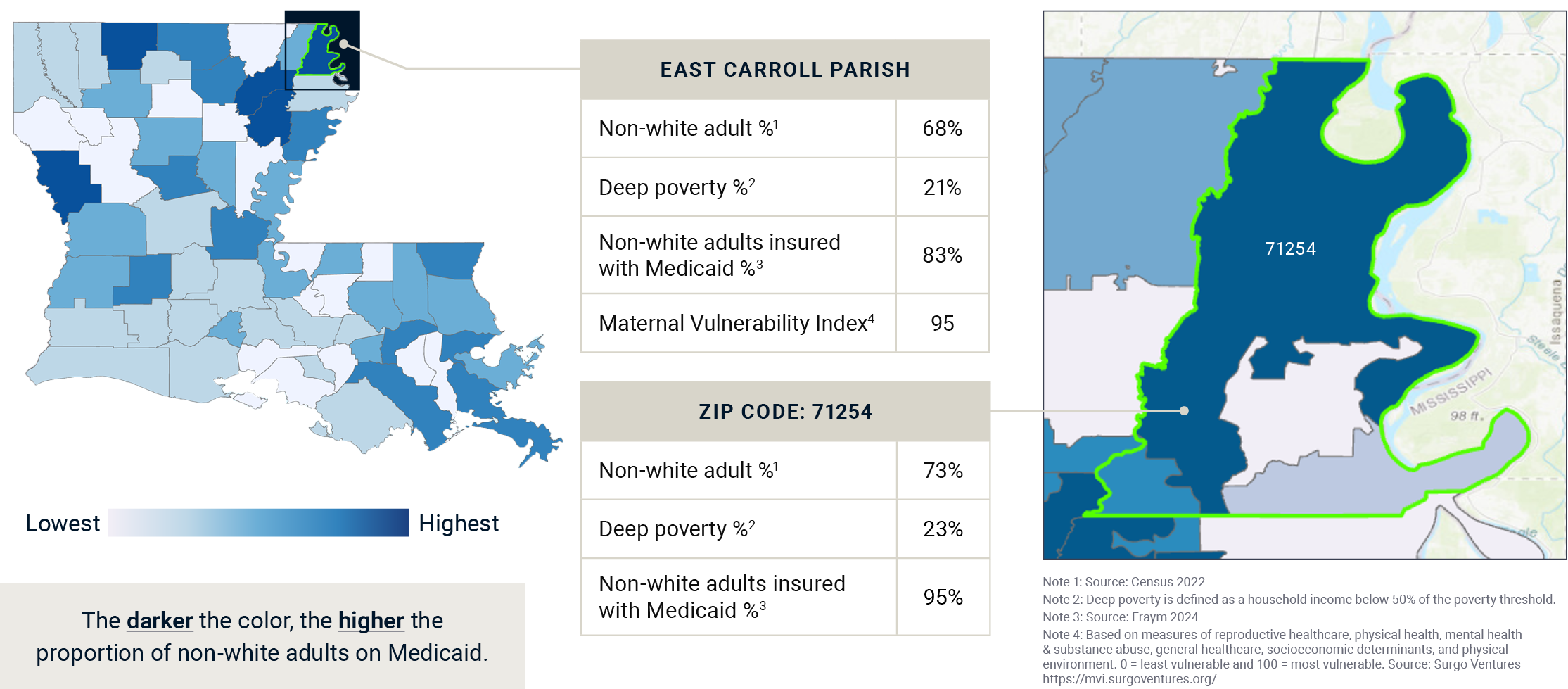Mapping Health Attitudes in Low- and Middle-Income Countries

Blog

Black History Month is a time to celebrate the achievements of Black communities while confronting the persistent inequities—like the preventable crisis in Black maternal health—that demand our collective action today.
African American women are two to three times more likely to die from pregnancy-related complications than non-Hispanic white women in the United States. Approximately 80% of African American maternal deaths are preventable and persist due to systemic health inequities directly impacting the mortality and morbidity of this population. Additionally, the policy shifts due to the overturning of Roe v. Wade are widening the existing disparities in maternal health in specific states. Increased efforts to improve maternal and infant health status of African American women by reducing system disparities is critical.
Maternal Health: A Costly Crisis
The US ranks among the most expensive countries to give birth, averaging a total cost of about $19,000 per birth for those with insurance, plus out-of-pocket expenses averaging $3,000. For those uninsured, costs are considerably higher. In 2019, the impacts of maternal morbidity on mothers and their children cost an estimated $32.3 billion. Approximately three-quarters of these costs were due to long-term health issues for children, such as those caused by preterm birth or developmental disorders. According to research from the Kaiser Foundation, stark racial disparities in maternal and infant health in the U.S. have persisted for decades despite continued advancements in medical care.
Disparities Revealed
• Disparities increase by age and persist across education and income levels. Data shows higher pregnancy-related mortality rates among Black women who completed college education than among White women with the same educational attainment and White women with less than a high school diploma.
• Black, American Indians and Alaska Natives (AIAN), and Native Hawaiian or Pacific Islander (NHPI) women are four times more likely than White women to begin receiving prenatal care in the third trimester or to receive no prenatal care at all (22% vs. 5%).
A Closer Look: Maternal Health Disparities in Our Communities
Fraym data, combined with key maternal health indicators, helps identify communities at higher risk. In Louisiana, East Carroll Parish stands out with a Maternal Vulnerability Index of 95 (on a 0–100 scale) and 83% of non-white adults relying on Medicaid. In Lake Providence (ZIP code 71254), nearly 25% of residents live in deep poverty, and about 75% are non-white—conditions that contribute to significant health disparities and highlight the community as a strong candidate for targeted interventions.

Sources
x
Pregnancy-related mortality for Black women is over 3x that of White women.
%
of Black births in the U.S. rely on Medicaid for pregnancy and postpartum care.
2020 US maternal mortality rate: 24 per 100k births (Black women: 56, White women: 19).